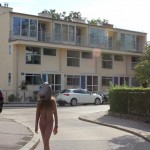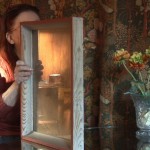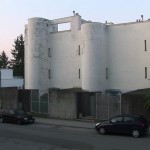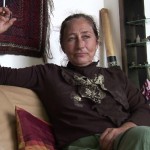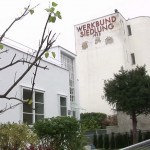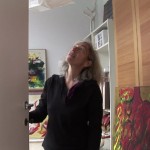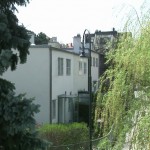In the 1920s, the Werkbund architectural association stood for a new kind of functional design, sober and unadorned, yet also meeting residential needs: a building project conceived to facilitate the synergy between the social classes. The spaces constructed atop one another took up a small square footprint; the differences of the vertical levels provided every space with a purpose. As principally living spaces their narrative became increasingly personal over the years. The images of everyday life in the Hietzing settlement suggest that not only life makes demands of form, but these very forms subsequently determine life.
About the director
Heidrun Holzfeind (1972, Lienz) is an artist, curator and filmmaker. She studied art history at the University of Vienna and later sculpture at the Academy of Fine Arts, also in Vienna. She has taken part in several solo and group exhibitions around the world. Holzfeind often puts emphasis on projects in the realm of architecture, many of them being housing complexes designed to facilitate specific forms of urban co-habitation. She juxtaposes the utopian aspirations of said projects with the social and political reality of the people who live there today.

